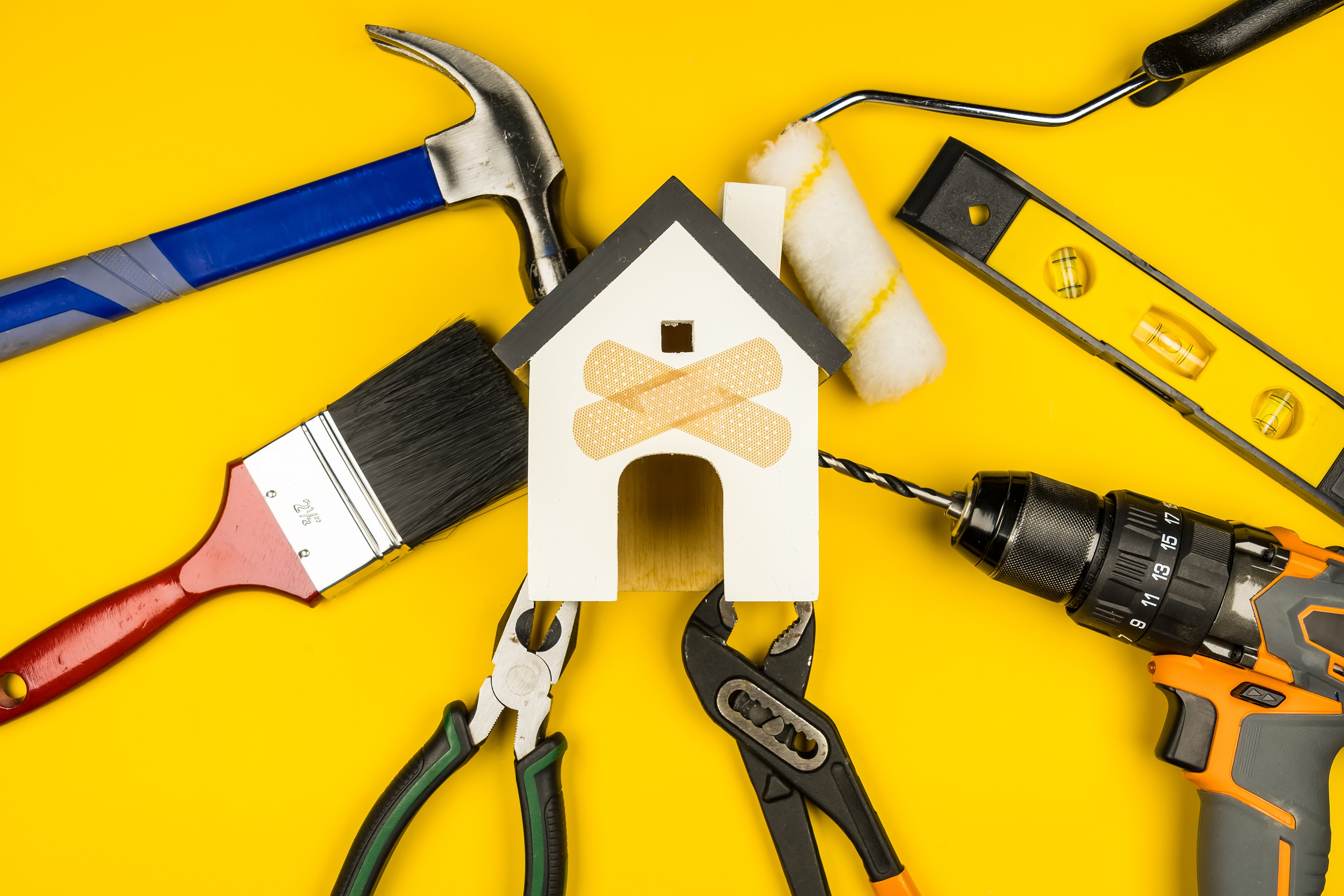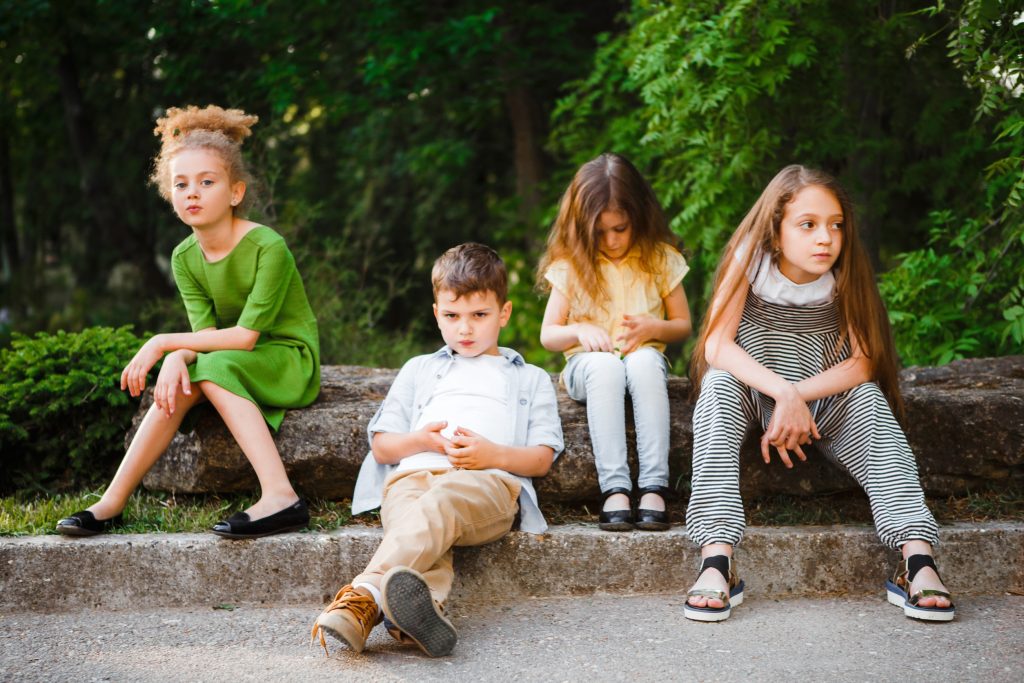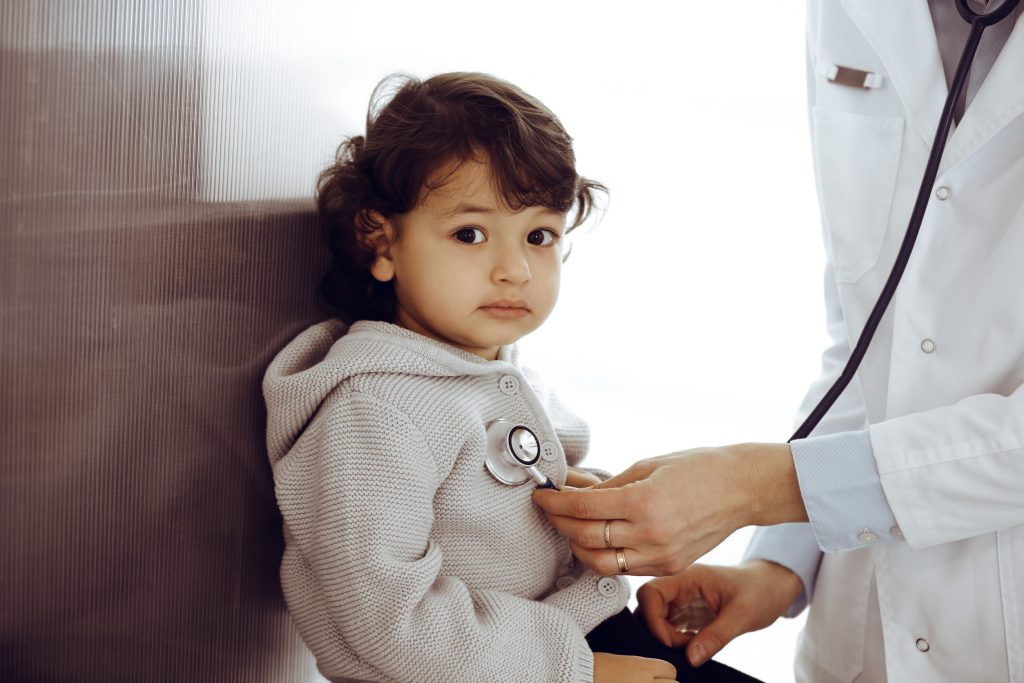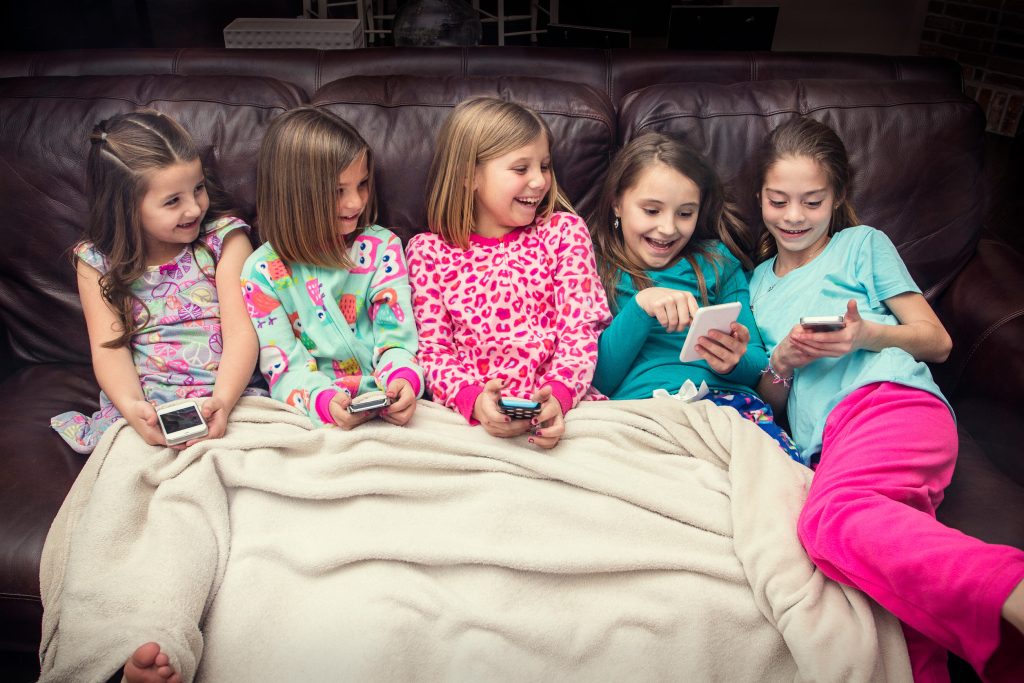Kids are naturally curious, which is great for learning—but not so great when it comes to fire safety. In fact, some of the most common areas in your home double as fire magnets for kids, creating major hazards when left unchecked. Whether it’s a kitchen drawer packed with lighters or a bedroom crowded with charging devices, your child’s surroundings might be riskier than you think. Fire accidents can happen fast, especially in spots that seem harmless at first glance. Here are five areas in your home that deserve a second look if you want to reduce fire risks for little ones.
1. Kitchen Counters and Stovetops
The kitchen is the heart of the home, but it’s also one of the biggest fire magnets for kids. Stovetops, ovens, and even toasters are hot zones for accidental burns and fires. Kids might reach for a dangling cord, climb on counters, or knock over something flammable like a dish towel. Grease, forgotten pans, or an unattended burner can escalate from a minor slip-up to a major emergency in seconds. Always keep hot surfaces and appliances off-limits, and turn pot handles inward so they can’t be grabbed.
2. Bedrooms Packed with Electronics
Between tablets, nightlights, gaming consoles, and chargers, kids’ bedrooms are often loaded with electronic devices. When outlets are overloaded or cheap chargers are used, these spaces become fire magnets for kids. Add in blankets, curtains, and stuffed animals near a heat source, and you’ve got a recipe for danger. Encourage unplugging devices at night and never let electronics charge under a pillow or blanket. Invest in surge protectors and remind kids not to yank cords or stack plugs.
3. Laundry Room Lint Traps and Heaters
You might not think of the laundry room as a risky space, but dryer lint is one of the most flammable things in your home. If the lint trap isn’t cleaned regularly, heat from the dryer can ignite it. Kids may also be tempted to toss clothing or toys behind the dryer where they can block vents or sit too close to the heater. Some homes have hot water heaters in the same space, creating even more heat exposure. Keep this area clean, off-limits to children, and free from clutter or hanging items.
4. Living Room Candles and Fireplaces
The cozy glow of a candle or fireplace may feel relaxing to adults, but for kids, it’s pure temptation. Candles on low tables or mantelpieces are fire magnets for kids, who may try to touch the flame or knock them over. Fireplaces can also send sparks onto rugs or pajamas if they don’t have a proper screen. Make sure all open flames are out of reach and never left unattended. Battery-powered candles or electric fireplaces offer safer alternatives for homes with young children.
5. Garage or Utility Shelves
Garages are often packed with flammable items like gasoline, paint, lighter fluid, and power tools. These are major fire magnets for kids, especially when stored low or in open containers. One curious moment with a match or battery-powered tool can lead to disaster. Lock up hazardous materials and teach kids that the garage isn’t a play area. You should also keep a fire extinguisher nearby in case something does spark or catch.
Make Fire Safety a Family Habit
The best defense against fire magnets for kids is education and prevention. Walk through your home with fresh eyes and look at each area from a child’s perspective. What might look harmless to you could be an irresistible hazard to them. Make sure your smoke detectors are working, teach kids what to do in case of a fire, and establish a no-play zone around heat sources. Fire safety isn’t a one-time conversation—it’s a habit that protects everyone in the family.
Have you childproofed your home for fire safety? Which area surprised you the most? Share your fire safety tips or stories in the comments!
Read More:
The Silent Danger Lurking in Your Child’s Daily Routine
6 Seemingly Safe Places That Could Actually Be Dangerous for Kids
Catherine is a tech-savvy writer who has focused on the personal finance space for more than eight years. She has a Bachelor’s in Information Technology and enjoys showcasing how tech can simplify everyday personal finance tasks like budgeting, spending tracking, and planning for the future. Additionally, she’s explored the ins and outs of the world of side hustles and loves to share what she’s learned along the way. When she’s not working, you can find her relaxing at home in the Pacific Northwest with her two cats or enjoying a cup of coffee at her neighborhood cafe.









